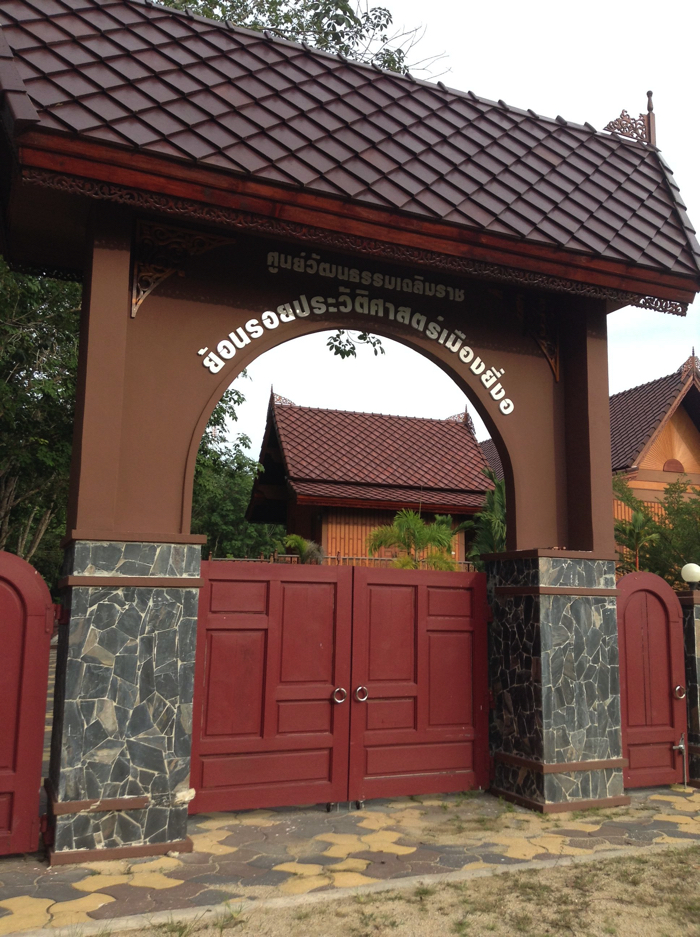- Project Leader : Piyada Chonlaworn (Tenri University, Faculty of International Studies)
- Collaborators : Kizumi Junko (Kyoto University, Center for Southeast Asian Studies)
- : Taweeluck Pollachom (Walailak University, School of Language and General Education)
- : Hinata Shinsuke (Osaka University, Graduate school of Language and Culture)
- : Thamwongsa Pattayaraj (National Discovery Museum Institute, Knowledge Development Division)
Outline of Research
Thailand has 45 national museums and over 1,000 municipal, community, and private ones. During the past 40 years, independent museums depicting the history and lives of ordinary people such as women, sex workers, laborers, ethnic groups, and political dissidents have also emerged in many parts of the country. From a historical viewpoint, how are these people represented and how have they been recognized as part of the nation in the grand narration of Thai history and nation-making? And from a social viewpoint, how do community-based museums represent their people and their community? What role do they play as educational and social institutions? Bringing together Japanese and Thai scholars from different disciplines, this preliminary research seeks to find answers to these questions under the theme of Thai nationhood and its people. It also examines how small to medium-sized museums manage and spread information to society in the age of information technology.
Description
Museums in Bangkok dedicated to laborers, including sex workers, and those dedicated to ethnic Chinese and Vietnamese peoples in northern, northeastern, and southern provinces serve as good examples of how museums in Thailand during the past 40 years have come to focus more on ordinary people and ethnic groups often forgotten in Thai society. Needless to say, these private and small to medium-sized museums represent the stories of certain groups of people and the history of particular places. However, how have their stories been recognized and represented compared to those of national heroes such as kings and nobles in the grand narration of Thai history? Looking at them from a local point of view, how do community-based museums in each region represent their people and community? And to what extent has their existence contributed to local identity-making and socio-economic revitalization?
This research attempts to answer these questions by bringing together Thai and Japanese scholars on Thai history, cultural studies, and museology in order to explore how Thai local museums represent ethnic groups and minorities in Thai society parallel with the mainstream national museums. It also considers the changing role of museums in the age of information technology by looking at how social media plays a role in spreading museum information, publicizing, and fundraising. Based mainly on in-depth interviews with up to twenty curators in different parts of Thailand and museum visitors, this preliminary research can shed light on the challenges and problems that small and local museums have faced, which can lead to the improvement and development of independent museums in the future.


